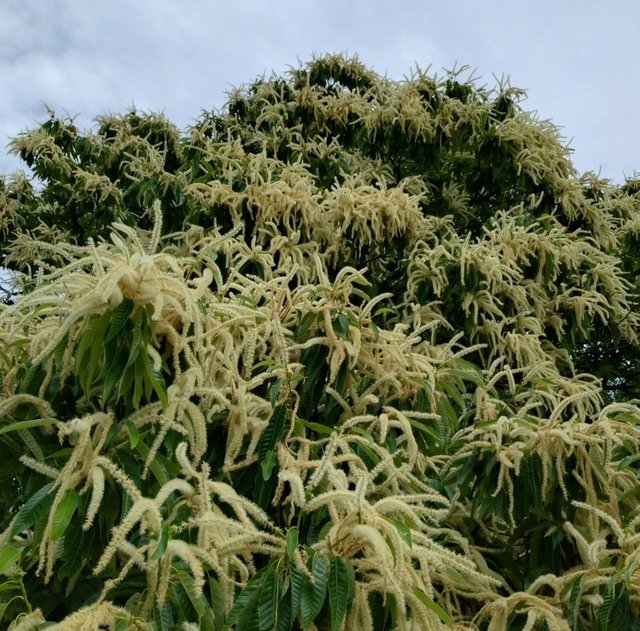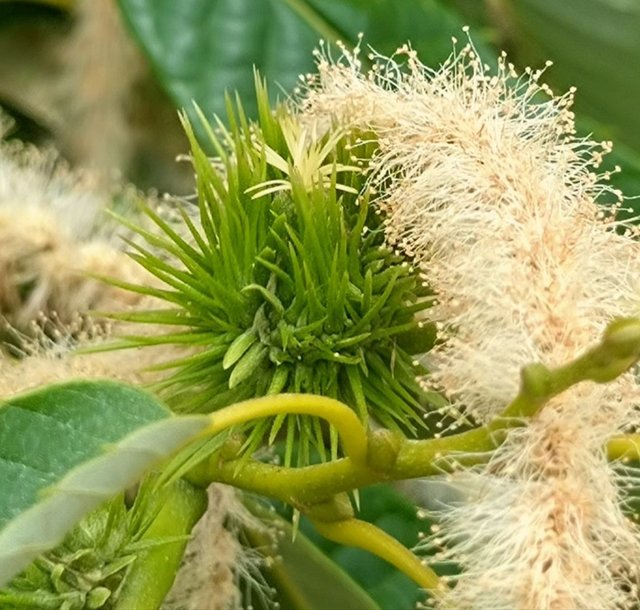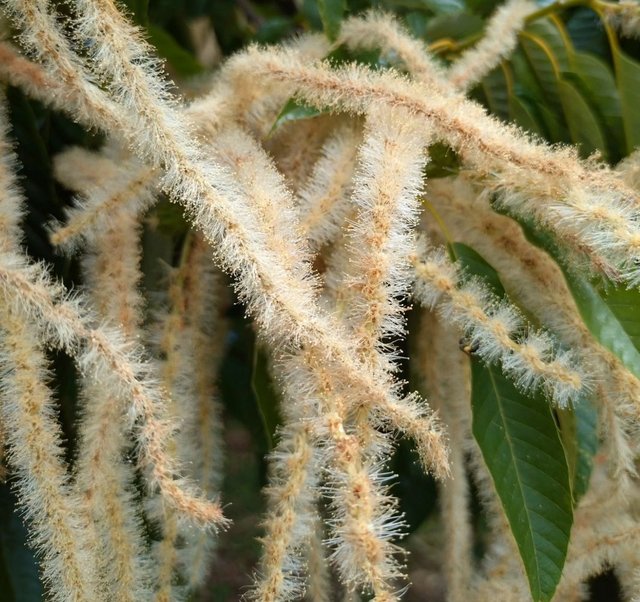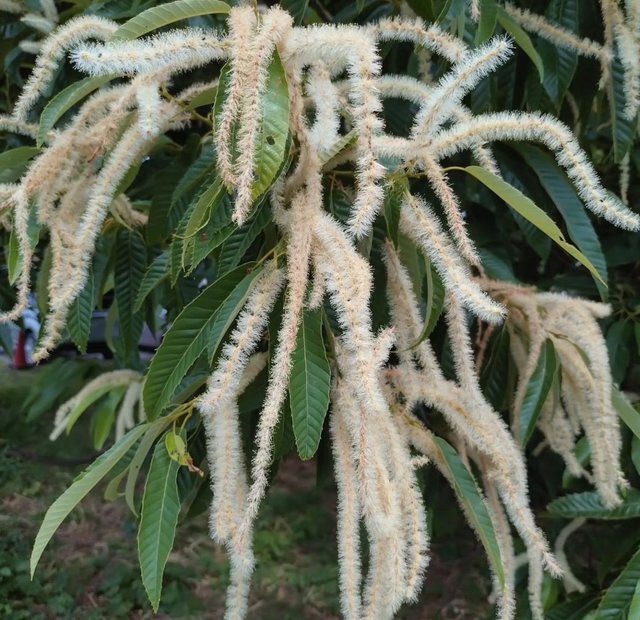Beautiful Castanea Crenata Flower
Exploring Castanea crenata: The Japanese Chestnut
Introduction
Castanea crenata, commonly known as the Japanese chestnut, is a species of chestnut tree native to Japan and Korea. This deciduous tree is part of the Fagaceae family, which includes other chestnuts, oaks, and beeches. Revered for its robust growth, adaptability, and nut production, Castanea crenata has played a significant role in the culture, cuisine, and agriculture of East Asia for centuries.
Botanical Characteristics
Size and Shape: Castanea crenata typically reaches heights of 10-15 meters, with a broad, spreading canopy. The tree's growth habit can vary, with some specimens developing a more rounded form while others exhibit a more upright structure.
Leaves: The leaves of Castanea crenata are simple, lanceolate, and serrated, measuring 8-20 cm in length. They exhibit a rich green color during the growing season, turning yellow or brown in the fall before shedding.
Flowers: The tree produces catkins, which are long, slender clusters of flowers. These are typically yellowish or greenish in color and appear in early summer. The flowers are monoecious, meaning that both male and female flowers are found on the same tree.
Fruit: The Japanese chestnut is renowned for its edible nuts, which are encased in spiky burrs. These burrs, measuring 5-8 cm in diameter, usually contain one to three nuts. The nuts are large, with a sweet, starchy flavor, and are typically harvested in late autumn.
Cultivation and Uses
Climate and Soil: Castanea crenata is highly adaptable, thriving in a variety of soil types, provided they are well-drained. The tree prefers a temperate climate with adequate rainfall but can tolerate some drought once established. It is also relatively resistant to chestnut blight, a disease that has devastated other chestnut species, particularly the American chestnut.




